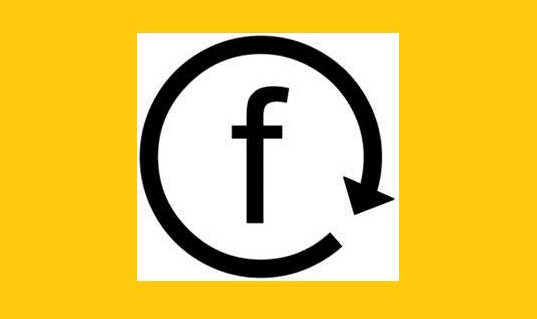
Colleagues in Moray House School of Education have been working on improving feedback and feedforward for students.
In the Sport Subject Area of Moray House School of Education, the aim of our work on feedback and feedforward is to help students review their feedback across their whole programme, and also to understand their feedback in relationship to the work of their own and past cohorts. The initiatives described below have been very successful in engaging our students with feedback.
“The Subject Area is commended on the use of cohort feedback and feedforward from assessments and, in particular, Action on Prior Feedback’” – Teaching Programme Review commendation 2016
Every item of our coursework is defined with a detailed ‘assignment specification’ comprising a numbered list of subject-specific and standardised requirements; written feedback mirrors this structure. However the first item is always termed ‘Action on Prior Feedback’. At the start or end of assignment students are encouraged to list feedback suggestions from previous assessments and how they are being specifically addressed in their submitted assignment. This section is unmarked and optional, but when included we always comment on whether students were successful. If done regularly and sequentially, there are cumulative benefits where students increasingly learn how to address feedback.
“It only takes a few minutes to add in the action points and I believe it adds as a tool to read through your work again to check these points.” – Yr 2 Applied Sport Science Student
Secondly, after marking items of coursework and examinations, we produce a Cohort Feedback statement (usually 1-2 pages). This gives the positive and negative points of the cohort’s work and often includes basic statistics such as cohort mean and standard deviation. Thus students can understand both successes and common mistakes within each part of the assessment, and how they performed in relation to their peers. This can be used both for coursework and examinations and gives good feedback to the student about things that could be improved in subsequent assessments.
“I think the [cohort] feedback sheets are a really good idea. We’ve never received class feedback on this scale before….. It’s good to see where marks are awarded and what for specifically, and areas which may need revisiting” – Yr 2 Applied Sport Science Student
Thirdly, these cohort feedback documents are re-used as Cohort Feedforward for the next year’s cohort. Thus many layers of helpful material are available (in the University’s virtual learning environment, Learn) including the previous year’s assignment specification, past examination papers, plus corresponding cohort feedback and feedforward for all assessment items. Teaching staff are encouraged to use the previous year’s cohort feedback when introducing assessments to the current class.
“One of the things that the lecturers did that was great was feedforward from exams where they would take last year’s exam paper and give a summary of the group’s mistakes and successes. The students really liked that, hearing what the last cohort did as a group.” – Evan Beswick, previous Edinburgh University Students’ Association Vice President of Academic Affairs.
Our students now understand how to review and use feedback in subsequent assignments, but uptake is variable. We have considered making the ‘Action on Prior Feedback’ section compulsory and awarding a small proportion of marks but this needs further discussion with students. Our use of cohort feedback is well-established (students now expect it) and it efficiently doubles-up as feedforward, particularly useful in the non-honours to honours transition.
What’s next? We are trialling the use of individual audio feedback on scanned images of exam scripts uploaded into Learn –there is currently an unmet need for individual exam feedback in order to catch up with what is available for coursework.
We would welcome comments and ideas about how these systems could be enhanced or modified.
Next steps:
The IAD website offers tips and guidance on approaches to student assessment and feedback.
Read about the use of video demonstration and peer feedback in the School of Chemistry.





Hi Simon and Dave – really interesting read. Re the audio-feedback idea- i am a strong supporter of this and thought you might find the article here of interest as you plan:
Clare Carruthers, Brenda McCarron, Peter Bolan, Adrian Devine, Una
McMahon-Beattie & Amy Burns (2015) ‘I like the sound of that’ – an evaluation of providing audio
feedback via the virtual learning environment for summative assessment, Assessment & Evaluation
in Higher Education, 40:3, 352-370, DOI: 10.1080/02602938.2014.917145